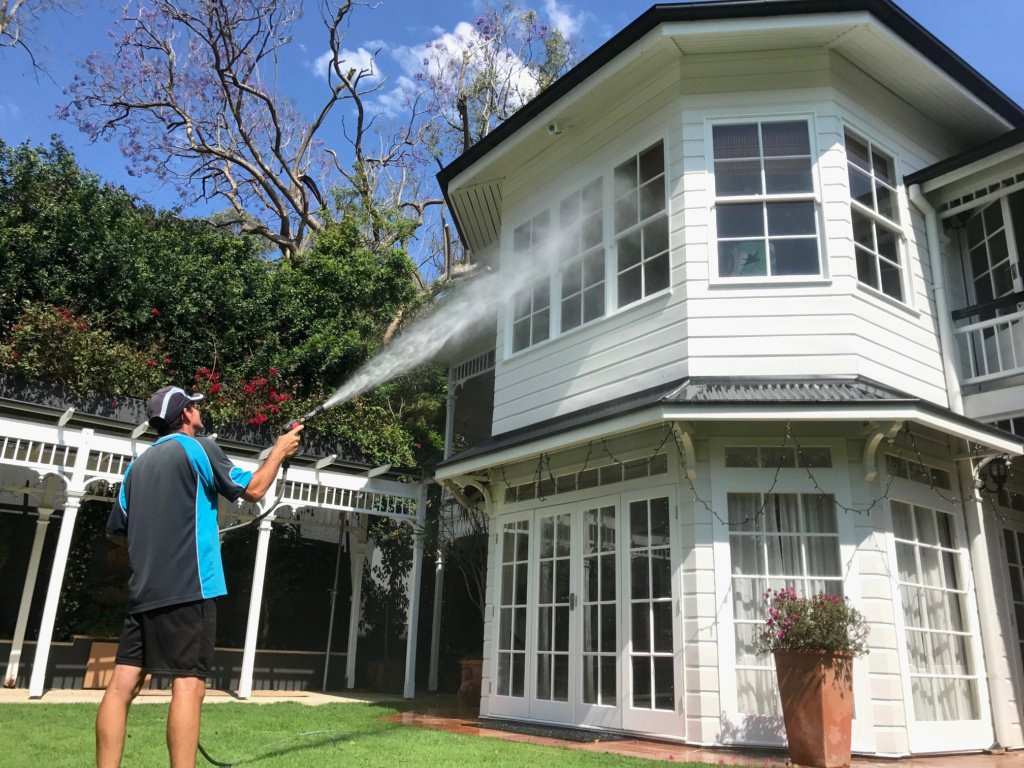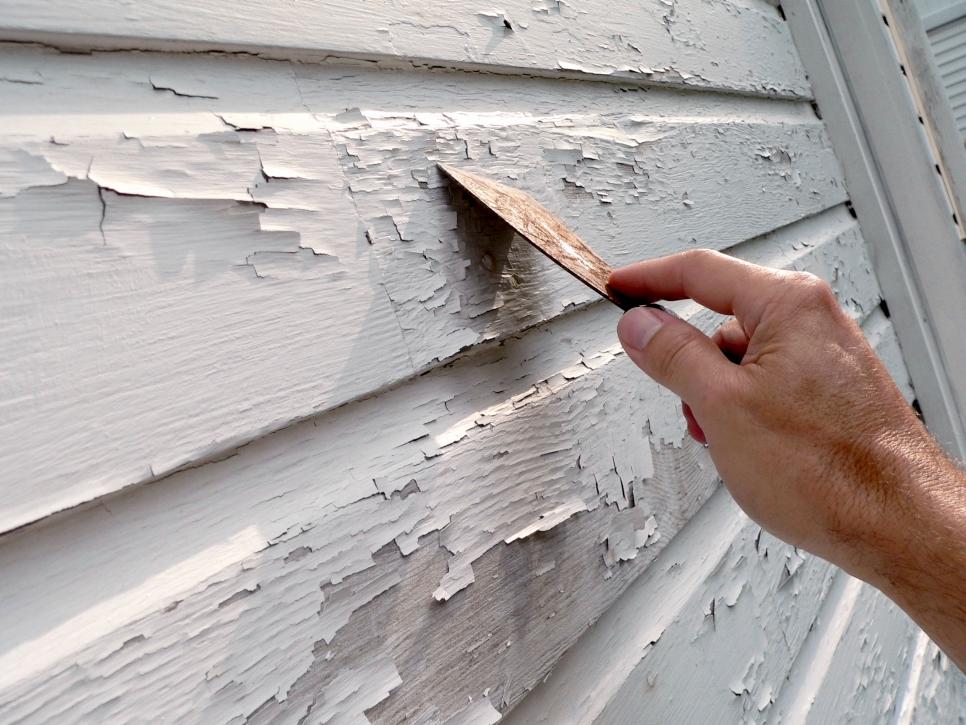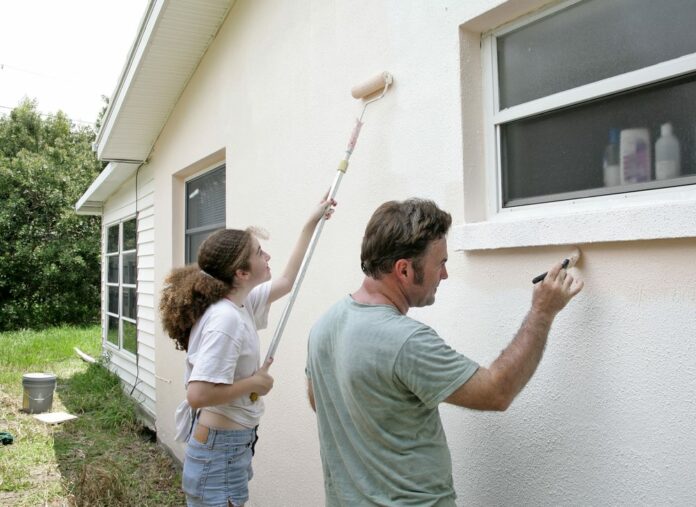It’s painting season once again and many homeowners are getting ready to do major paint jobs on their homes. Exterior painting is not just for aesthetic purposes. It increases the value of your home, it provides protection from elements, it instantly freshens up a tired looking home, it allows you to take care of repairs before it. It also gives your house a new life and protects sidings and trims from damage.
If you’re looking to have a pristine paint job rather than a quick touch-up, here are some tips on how to properly paint your exterior for that instant curb appeal. Don’t forget to also paint your gates to match your home and surroundings.
Figuring out Basics
Project Length: A full weekend will include house inspections, purchasing of supplies and repainting. An additional day or two may be needed if there are damaged sidings, cracks and gaps that need to be repaired and if the existing paint is chipping and the whole housed needs to be primed.
Best Season for Painting: Typically, warm-weather months are the best or in the early days of summer when the temperatures are still mild. Afternoons can get really warm so it’s best to start early on in the day. Check your paint can to ensure that you’re applying the paint at the right temperature range. Also, be on the lookout for any signs of rain in the weather forecast.
Getting Started:
1. Give Your House a Good Wash

Washing and scrubbing your house will rid the surface of any debris, mold and mildew in preparation for painting. It will also loosen and remove dried, old paint and will allow you to see any damages or parts that need repairing. Most painting contractors will include this in their contract. If you’re doing it yourself, you should be familiar on how to use a power washer since this can damage some areas of the house or shatter glass windows if not familiar with it.
Using a house, a sprayer and a good old brush with a cleaning solution may be slower but is safer and just as effective as using a power washer. You can divide your tasks into two dedicating a whole day for cleaning and repairing and the other day for repainting.
If there are potted plants nearby, remove it from the area and protect with a canvas cloth. Use a mildew remover if needed, rinse the cleaning solution well and give the house a day or two to dry.
2. Inspect The House Thoroughly
Once you’ve given your house a good wash, you’ll be able to get a good look on any surfaces that need replacement or repairing. Check for gaps, cracks and holes and quickly replace any rotten or damaged siding or shingle. Carefully inspect trims for any water damage.
If there are any sideboards that need replacing, be ready to do a bit of carpentry.
3. Scrape Old Paint

Now that you’ve figured out which areas needs repairing and replacing, it’s time for one of the most tedious tasks of repainting a house. Scraping away old paint will make it more adherent to paint and will give it a smoother surface. Before scraping away, however, you need to check if lead is present, a strong possibility in houses that were built before 1978. There are DIY test kits available but you can also mail paint chips to labs nearby your areas for testing. If it comes back negative, you can just don a dust mask while working on old paint removal. If it does come back positive for lead, you’ll need to take safety precautions while working on the house.
Chemical stripping is an acceptable method by the EPA to remove lead paint. There are many non-toxic lead paint strippers available if you’re worried about the effects. You’ll also need to have a HEPA vacuum at hand and seal all areas where the lead dust might get into.
While sanders and grinders may help speed up the process, it might end up damaging the surface. Save these tools for smoothening patches and fillers and use a heat gun instead to soften the paint for easy removal.

4. Patch, Fill and Caulk
The other grueling part of repainting is patching up cracks and dents. Quick dry fillers are good for shallow holes and cracks, while deeper damages can be filled with epoxy. Paint pros recommend holding off on caulk after priming because primer protects wood when caulk fails. Smoothen the patches with sandpaper or use an electric sander if there are too many patched .

5. Prime the Surface
Primers or undercoats are preparatory coatings to ensure better adhesion of paint. Using a top quality primer with high resin content will lock everything into place. Choose a primer based on material. Oil primers are good for existing chalky paint, varnished and unfinished wood, latex primers for masonry and shellac primers for wood, metal, plaster and wood sidings prone to tannin bleeding. Use a metal primer for exposed nail heads.
A technique commonly used by painting professionals is to slightly tint the primer with the top coat to make it less obvious painting. Some pros recommend using a contrasting color to tint the primer so that you know whether you missed some spots if you see color coming through.
After priming the surfaces, you can now caulk the remaining cracks and joins in sidings, trims and window edges.
6. Time for Paint
Considering you’ve finally decided on the color of the house and the type of paint you’re going to use, it’s now time to paint after all the surface preparation you’ve done. Paint sprayers get the job done faster than rollers and brushes but inexperienced hands will probably result into a poor and messier paint job. Pros also recommend to always use two top-coats for a long-lasting paint job.
Ask your hardware or paint store about using paint conditioners like Floetrol (for latex) and Penetrol (for oils) to slow curing and drying time in hot weather so that brush marks don’t show.
Painting a house is fun as an idea until you actually do it. If you’re not invested on doing this yourself especially if it’s a big paint job, which has lots of details, consider hiring a pro to do the job for you.


















